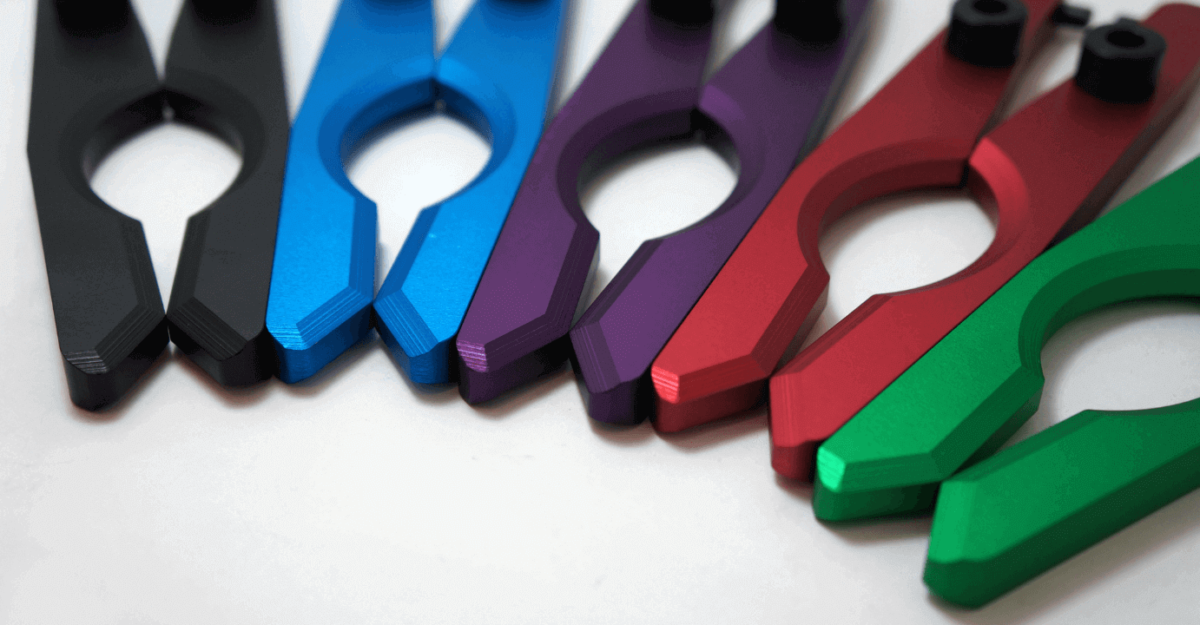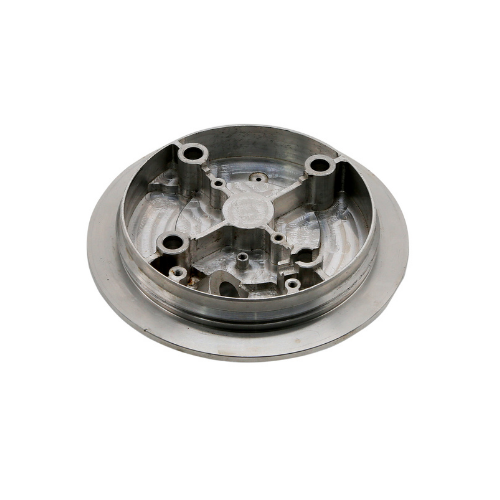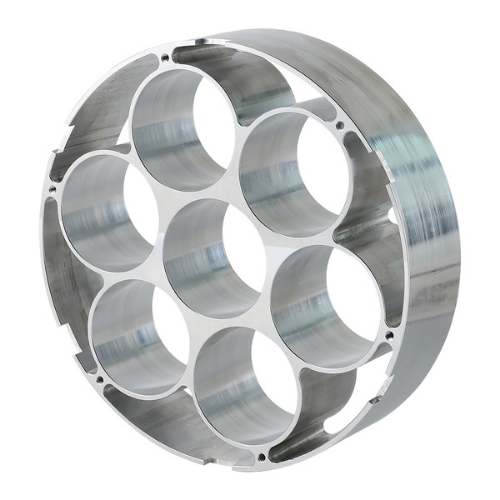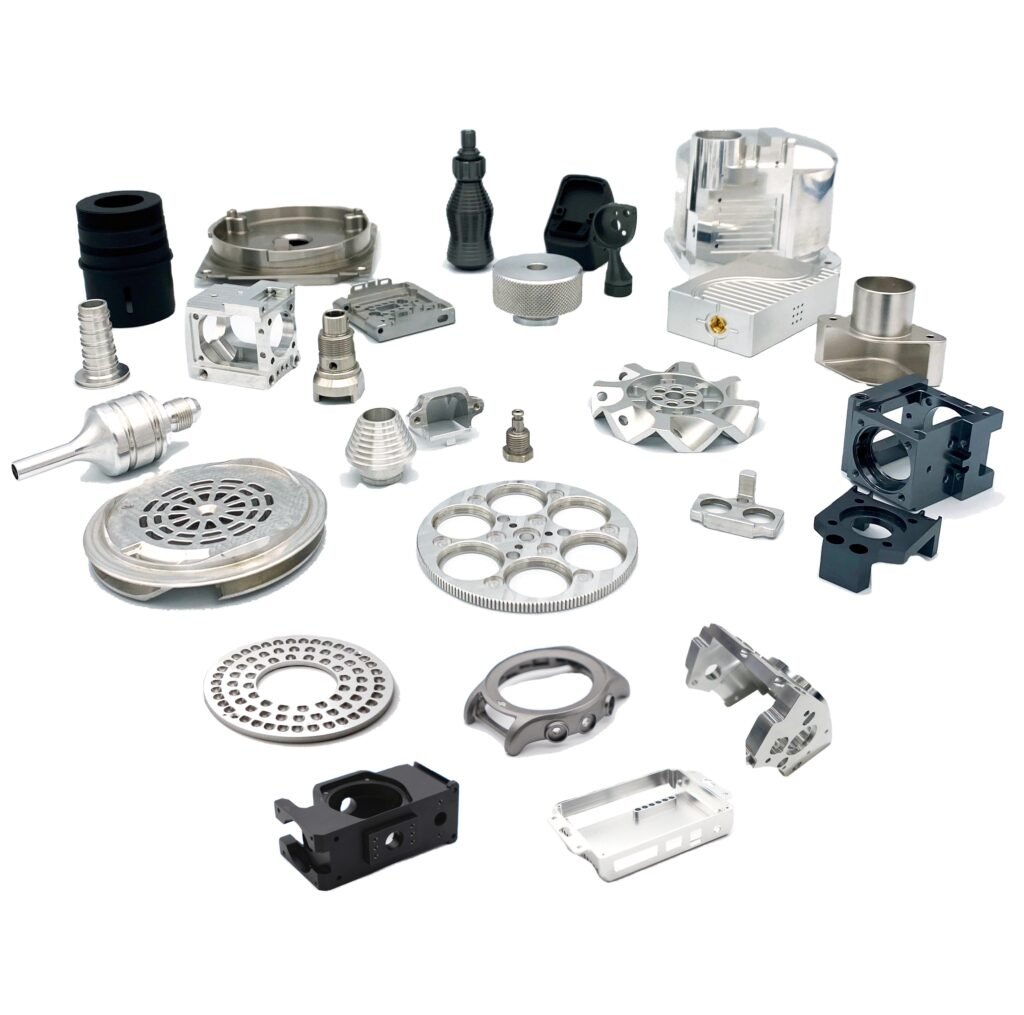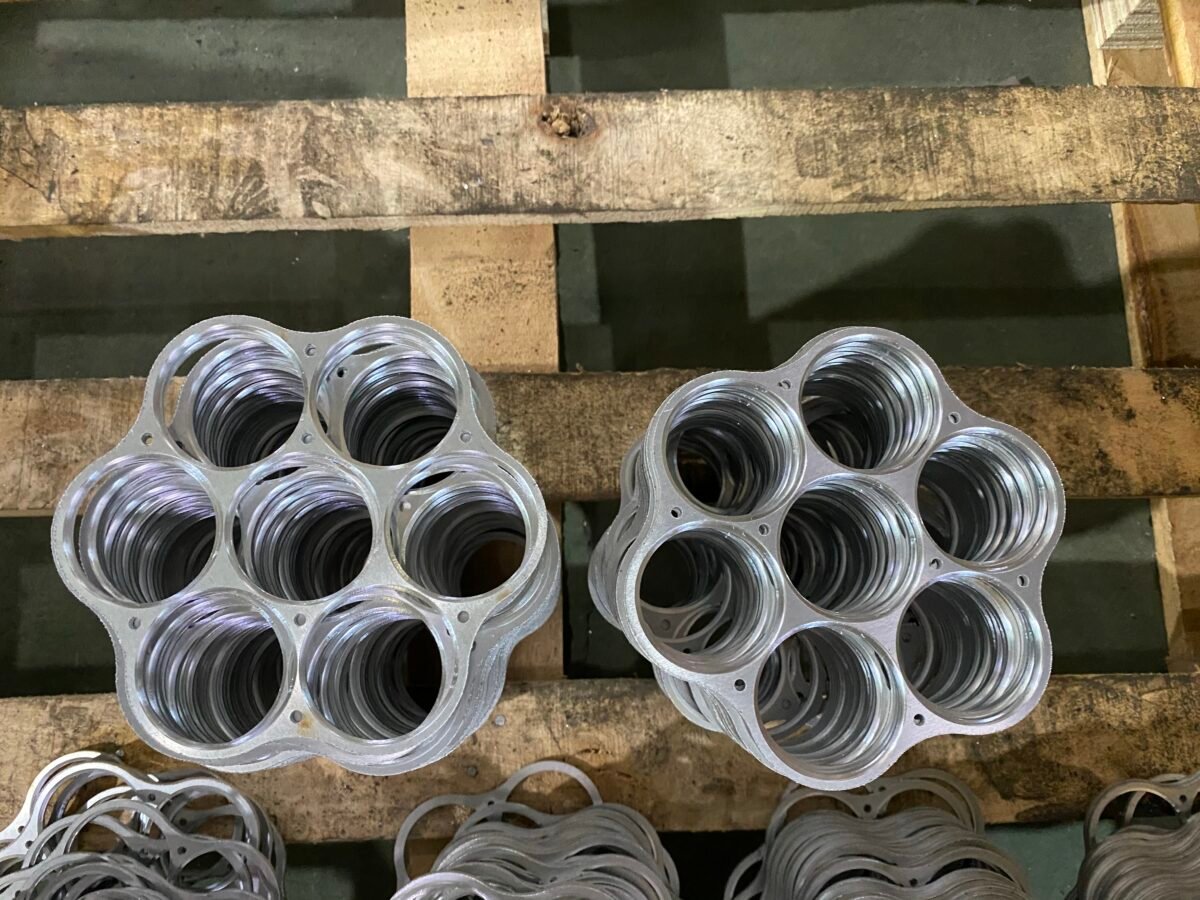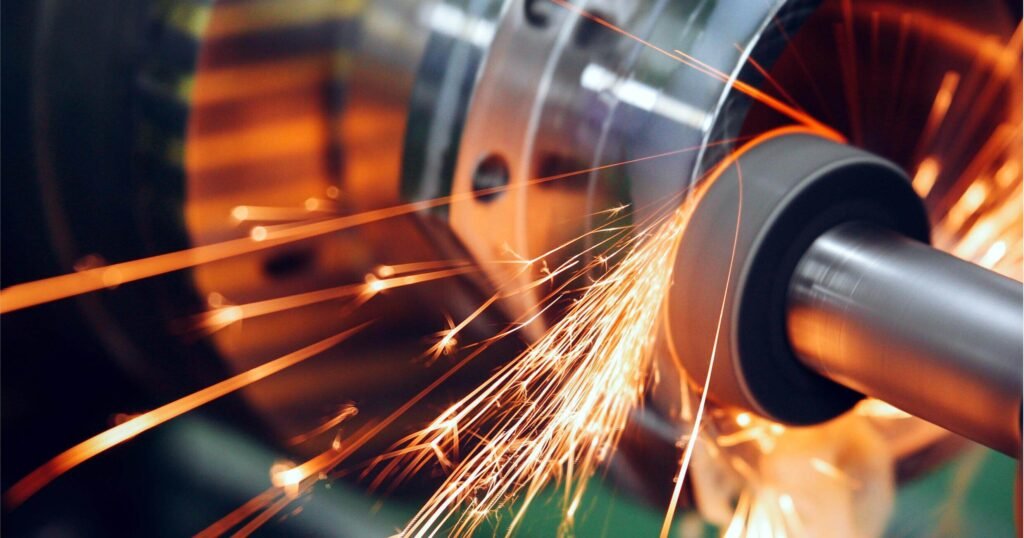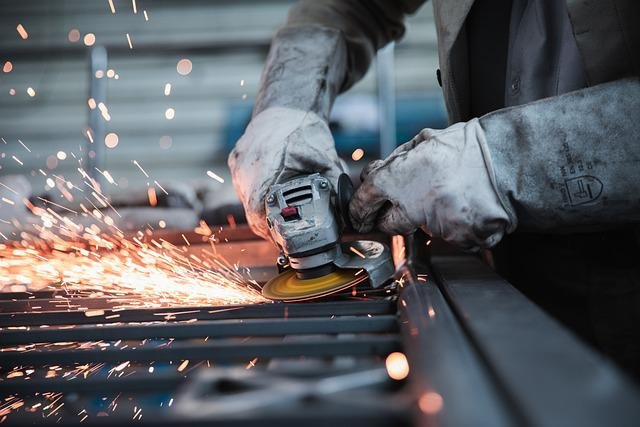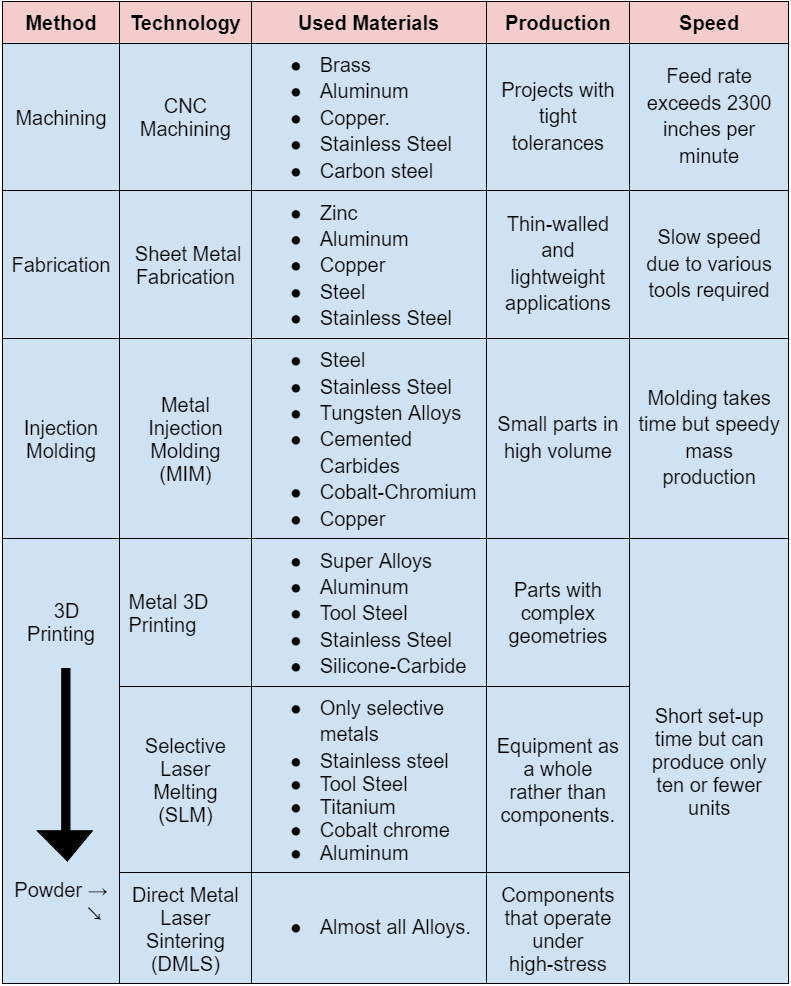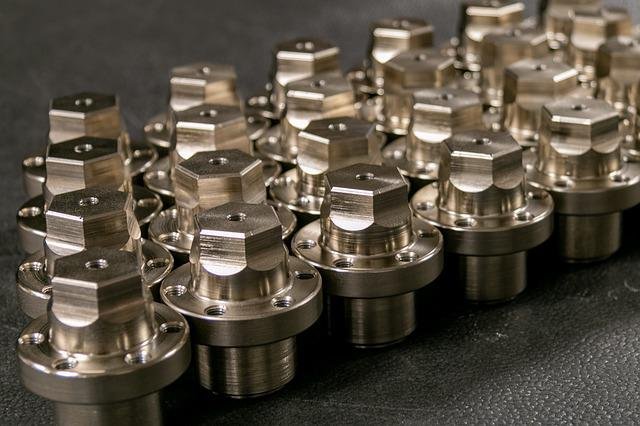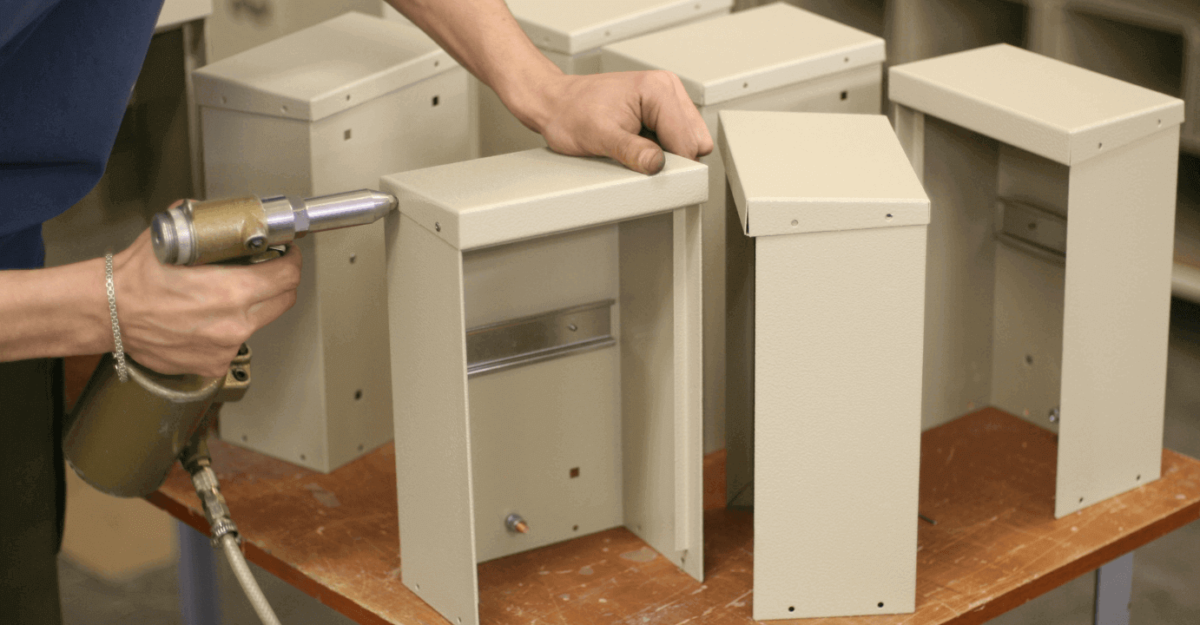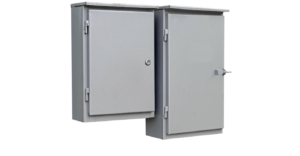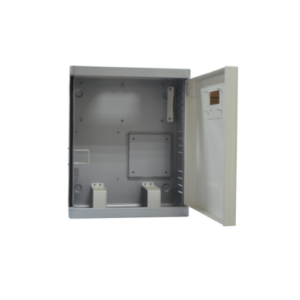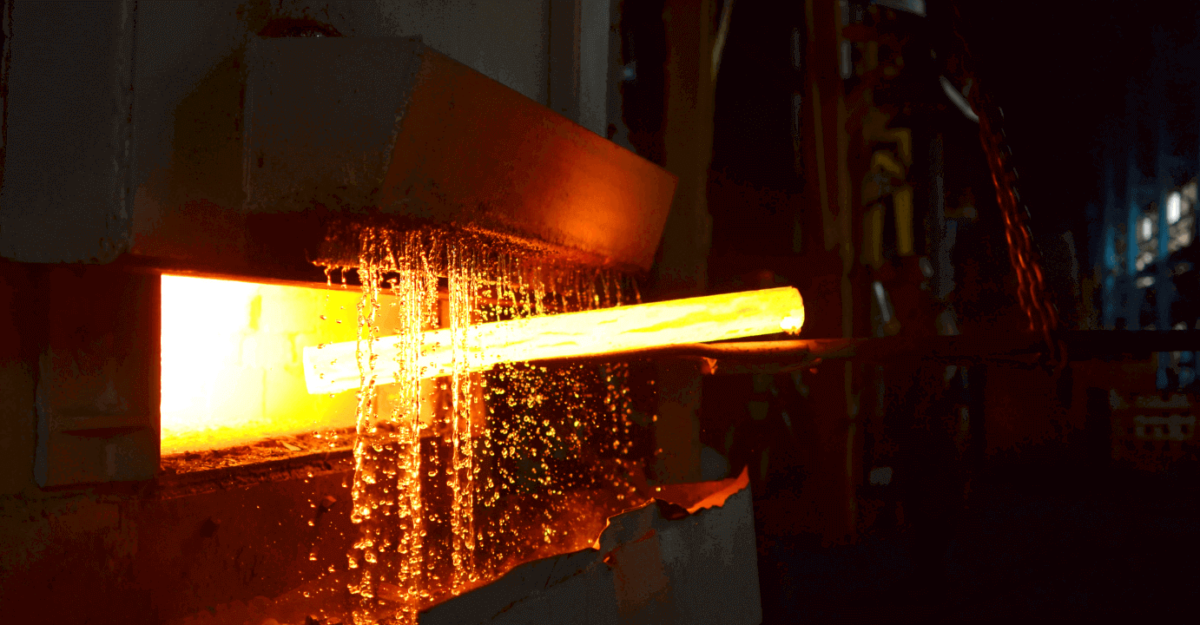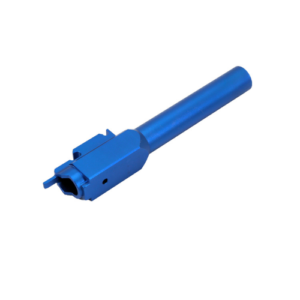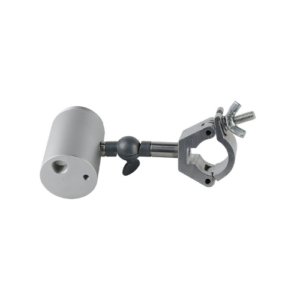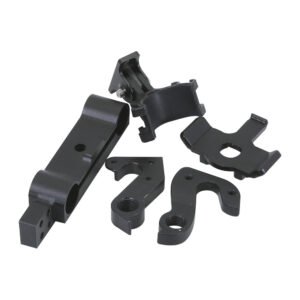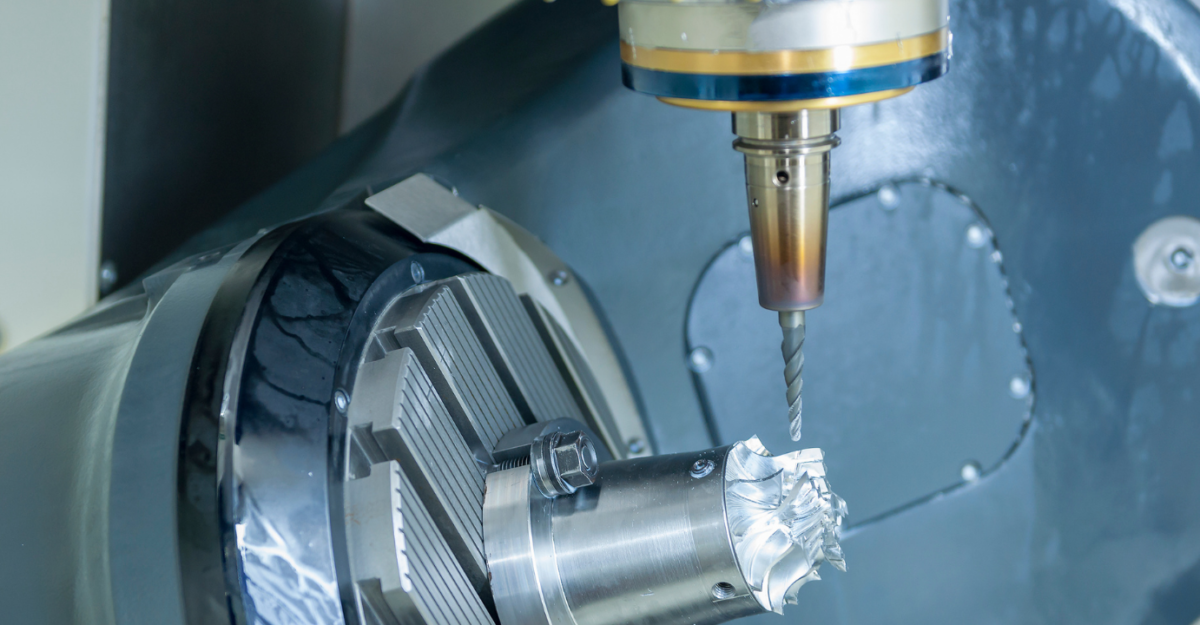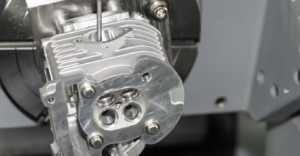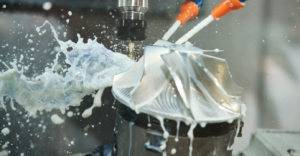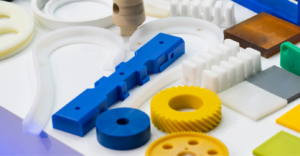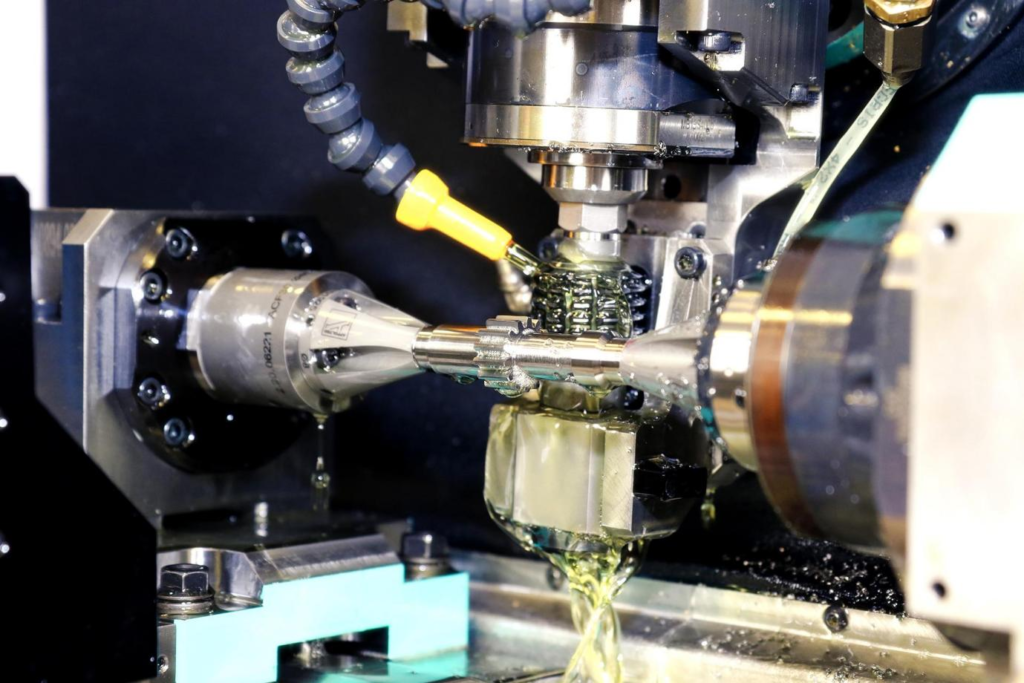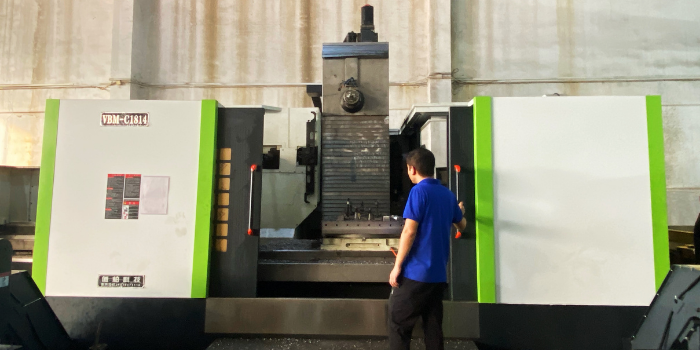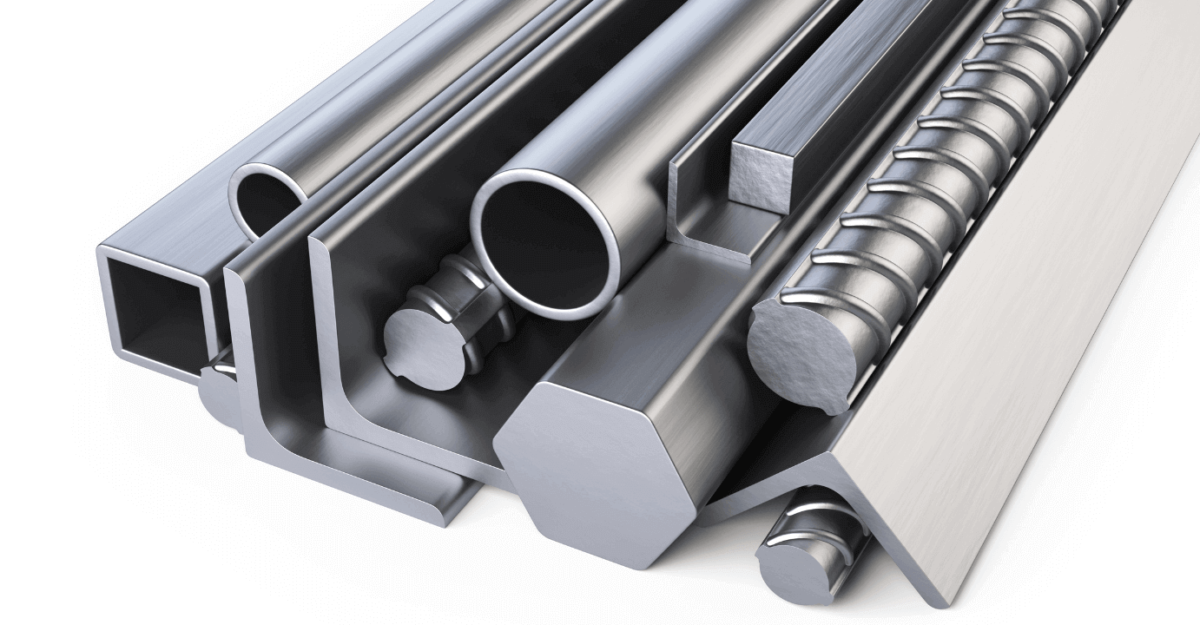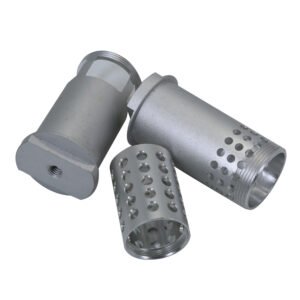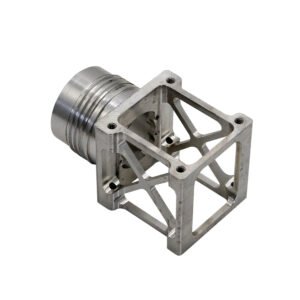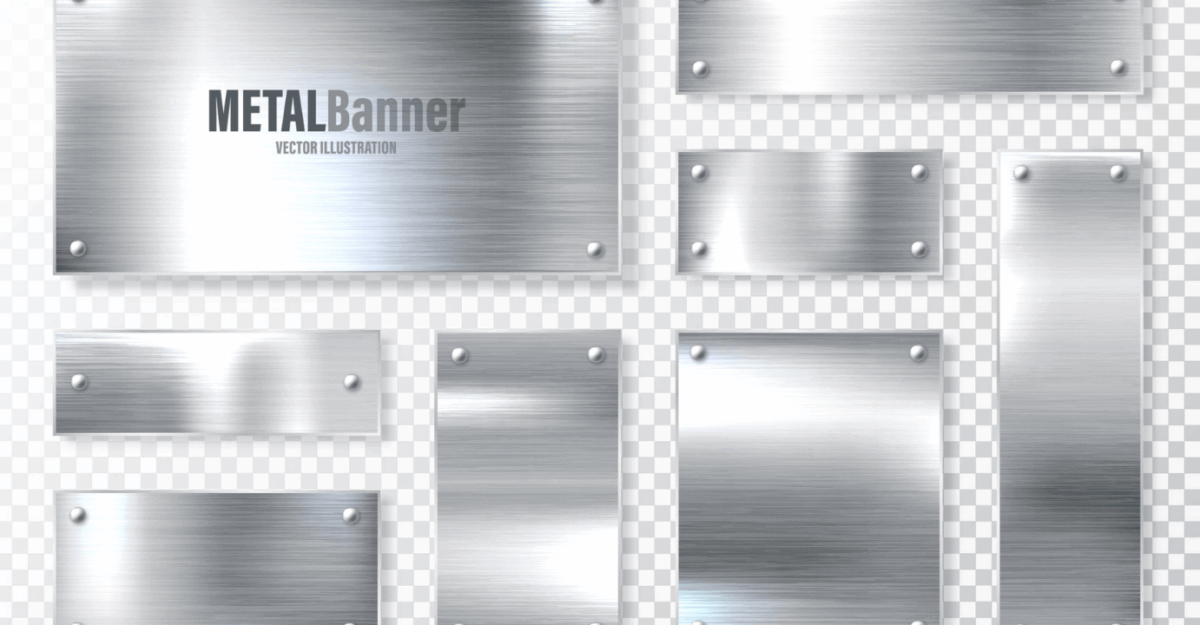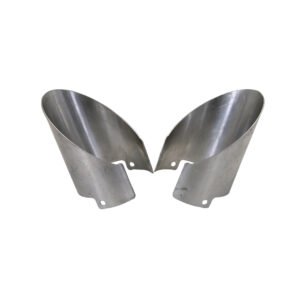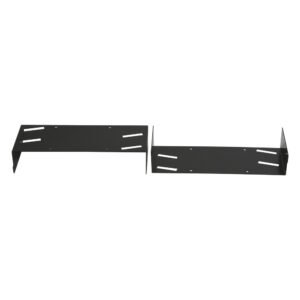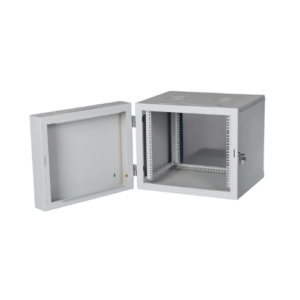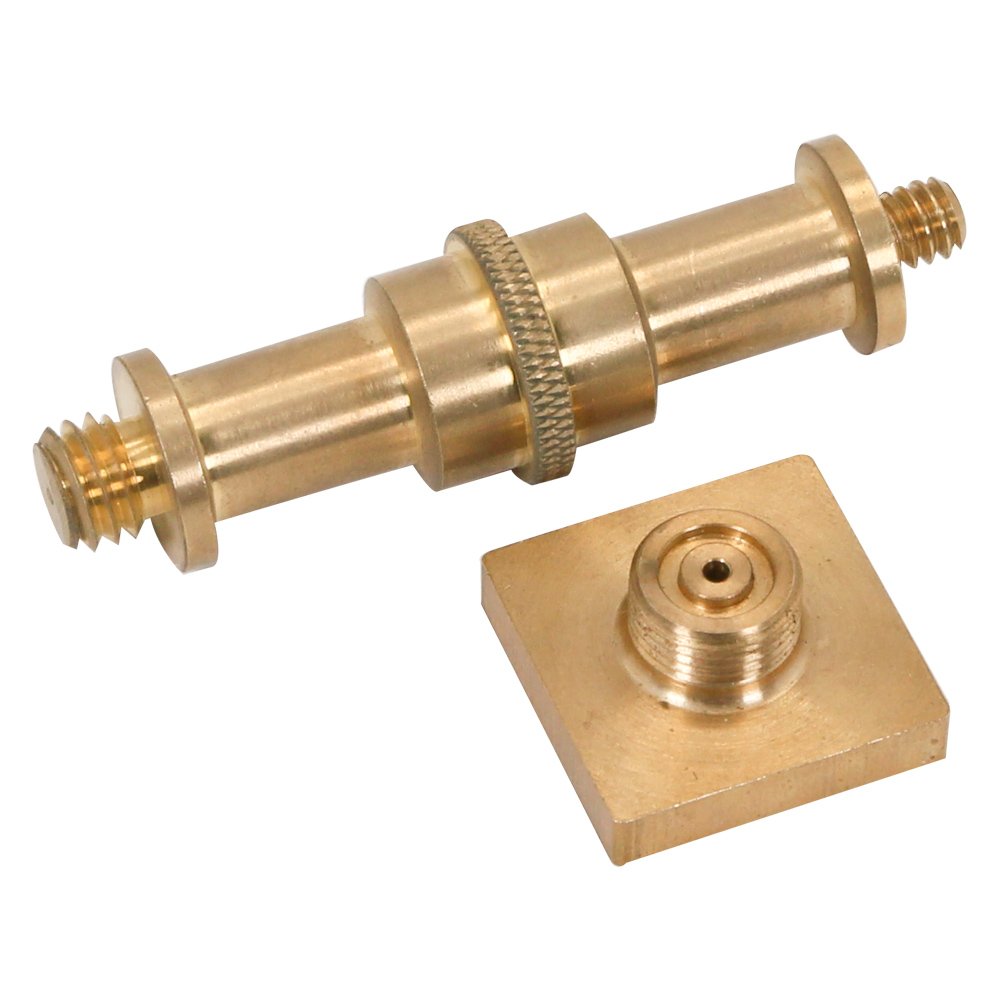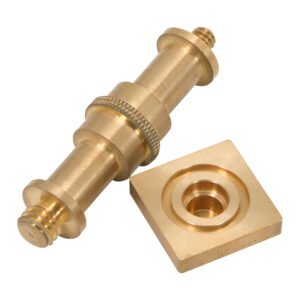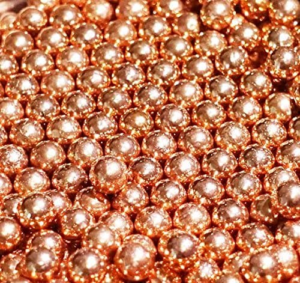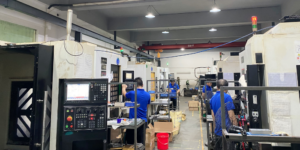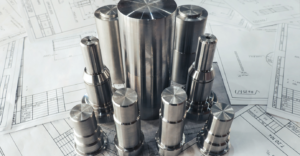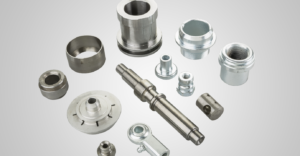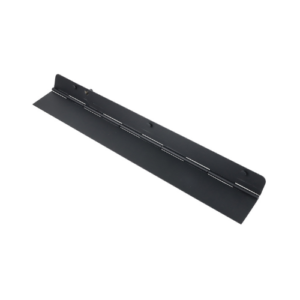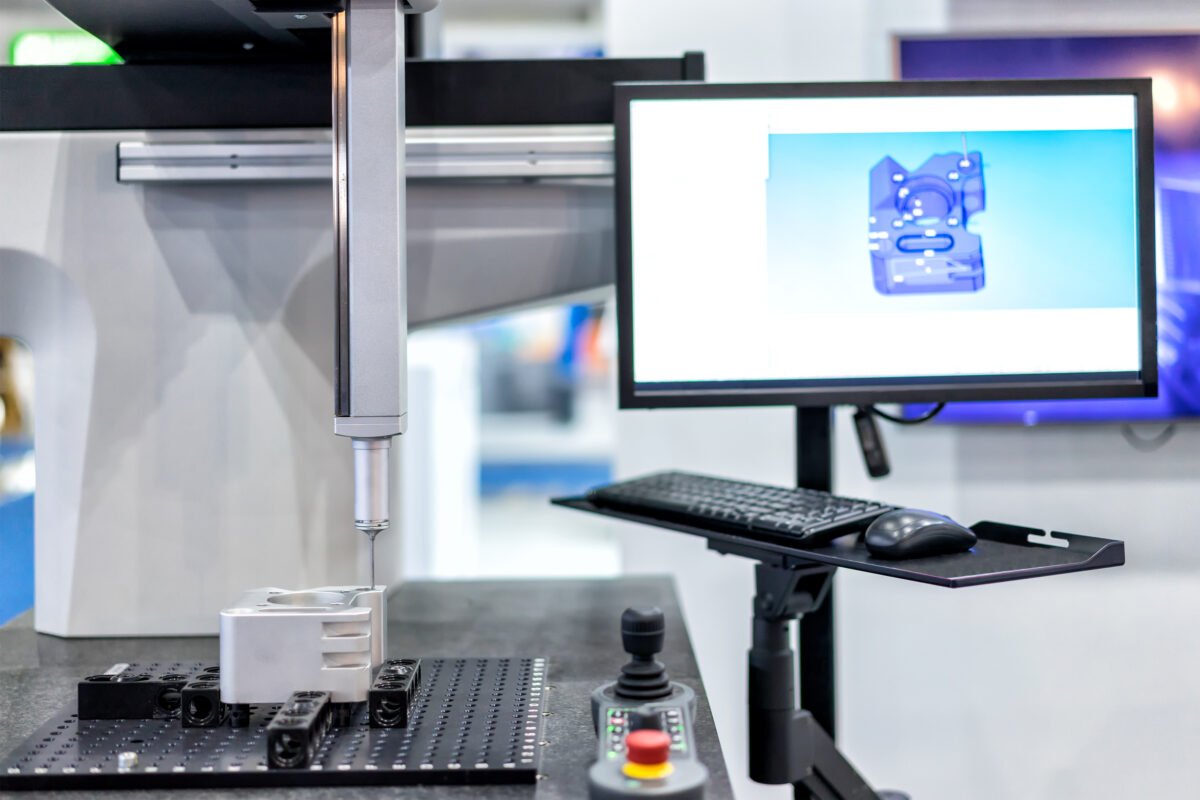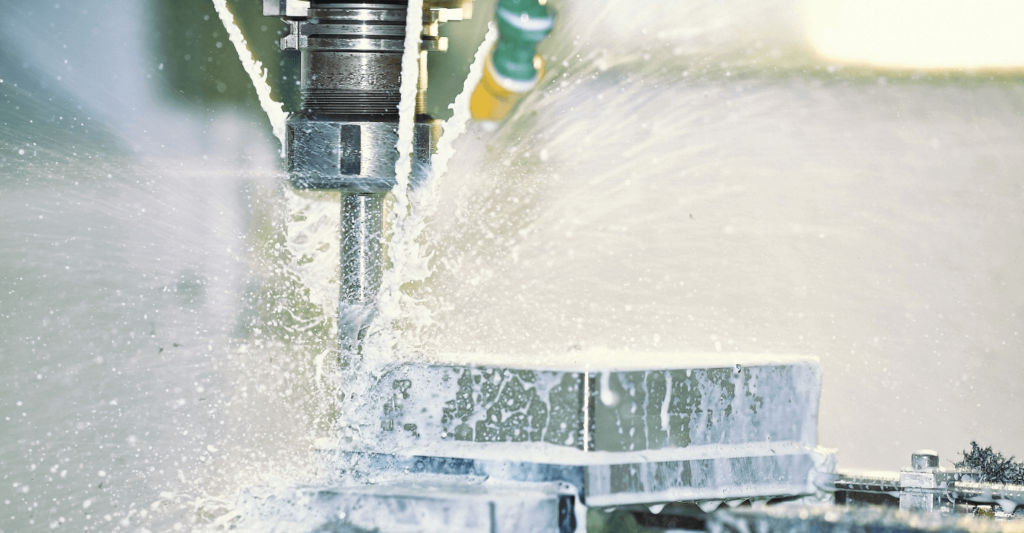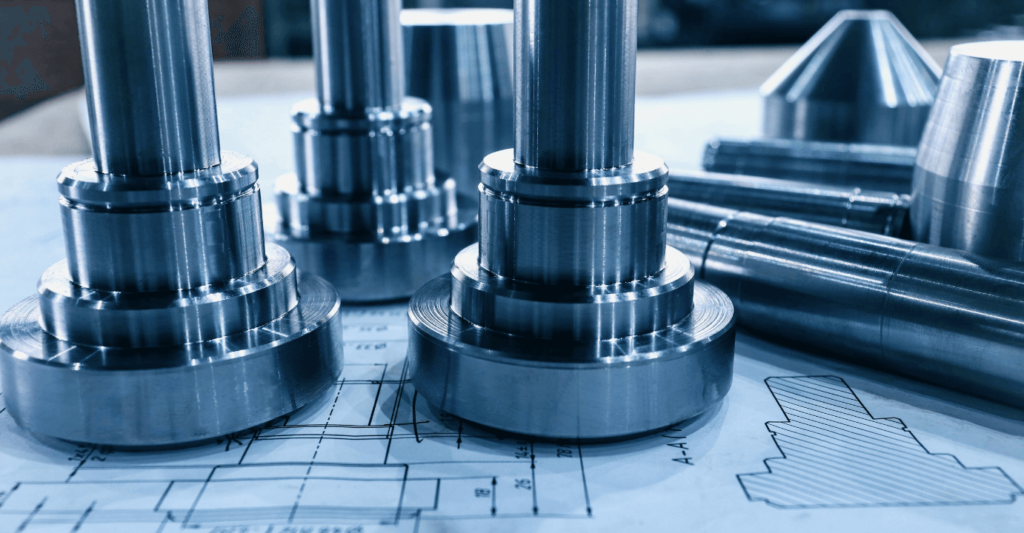Metal plating is a complex process. To get the desired quality and results, you must choose the right technique and company. for the metal plating finish. You can find many metal plating and surface finishing methods and choose the most suitable for your production.
The primary purpose of surface finishes is to improve the aesthetic of prototyping and products and make better functionality. Selecting the metal plating is much complex, and we are giving you some helpful tips to choose the best plate finish, guaranteeing improved finish quality.
- The bright Acid Tin Plating process uses to plate metals and provide solderability, electrical conductivity, and heat resistance to the material.
- Bright Nickel Plating can plate copper, steel, iron, brass, and this method provides corrosion protection.
- Chrome plating uses for the plating of plastics and provides surface hardness and corrosion resistance.
- If you want to plate ferrous metal, you must go for the Cold Chemical Blacking process, which provides a lubricative layer and reduces the light glare.
- If you want to make metals tough, non-magnetic, and ductile, you must need copper electroplating. To give the copper, iron, and grass a good conductivity, electroless Nickel Plating is the best choice.
- If you are looking for the plating of a metal having a conductive surface, you need to do Gold Plating to your metal. It will provide a conductive layer and resistance to corrosion.
So, before the plating, you must have complete information about the plating techniques and their benefit. Now let’s see what some main advantages of metal plate finishes are and how to choose them.
What are Metal Plate Finishes and Their Advantages/ Benefits?
It is a post-production method of metal plating in which we coat a surface of a metallic part of a workpiece. The purpose and role of the coating is to improve the product quality, polishing, and cleaning. Metal plate finishes can be a chemical, mechanical or physical process, and it is often used to describe the last phase of fabrication. This phase can be of non-metallic products or metallic products. There are many processes involved in the metal finishes process, and each process has its unique and specific advantages. Some common advantages /benefits of metal plate finishes are:
- You can use metal surface finishes to improve paint adhesion.
- It can prove helpful to reduce the friction of a surface.
- It can serve as an essential coat to increase paint adhesion and make an electrically conductive surface.
- It can change the conductibility ad conductivity of a material.
- For improving corrosion resistance, heat resistance and parts wearability, you can apply metal plate finishes.
- Metal plate finishes protect against radiation and also boost solderability.
- Metal surface finishes are used for cleaning and removing surface defects.
Standard Industrial Plating Types
You can classify electroplating into types of metal used in the coating. A wide array of metals is included in standard metals such as chromium, nickel, tin, gold, zinc, copper and various alloys. We are discussing some of the standard industrial metals types as under:
1: Chrome Plating
The primary function of chrome plating is to improve the aesthetics and corrosion resistance of a material. Chrome plating involves chromic acid and trivalent chromium to manufacture an overlay on the parts, and it also increases the hardness of the material on which you apply chrome plating. It makes parts suitable for various industrial applications.
2: Nickel Plating
Nickel is a lustrous, sturdy base coat mainly used for silver and gold. It hardens the surface and enhances the wear resistance. Nickel plating uses for coating and painting household accessories such as showers, doorknobs, and fixtures, and it is popular because of its effectiveness in electroless plating.
It can improve the wear resistance and aesthetic of parts and also apply as underlying chromium plating. You can use nickel plating for a wide range of materials, but it mostly recommends copper and aluminium parts.
3: Tin Plating
Tin plating refers to tinning, and it is a cost-effective process to achieve a semi-bright, matte and bright appearance. Tin is easily accessible, a soft, malleable metal, and becomes less costly when we use it with other metals.
4: Copper Plating
Copper is a good conductor of electricity, and for high conductivity and cost-effective application, copper plating considers one of the best choices. It serves as the primary coating pretreatment for plated finishes and prefers manufacturing semiconductors, circuit boards, electronics, and many other electric components. Copper plating is known because of its high plating efficiency, high conductivity, low material cost, and improved adhesion.
5: Gold Plating
Gold plating is known due to resistance to oxidation and high electrical conductivity. Gold plating can be a good choice when you need to impart these characteristics to copper and silver. The application of gold plating can improve electrical parts conductivity, such as electrical connectors and components. Gold has superior value for the electroplating option and has glamour and glittering features.
6: Zinc Plating
Zinc is readily available, and this availability makes zinc plating a cost-effective option for metal plate finishes. The main benefits of zinc plating are excellent corrosion protection, and the uses of zinc are on small metallic parts like screws, bolts and nuts.
Different Metal Plating Techniques
Several techniques are used for metal plating. Following are the most widely used techniques for metal plating.
1: Electroplating Metal Plating Finishes

Electroplating is considered the most common technique of metal plating. It is an electrolytic process. In this process, the electric current is passed through a chemical solution. It can dissolve the ions. Due to the electric current, the positively charged ions move toward the cathode, and the negatively charged ions move toward the anode. As a result, the plated material is evenly and smoothly coated. Electroplating significantly improves the chemical, mechanical and physical properties of the plated material.
2: Electroless Metal Plating Finishes
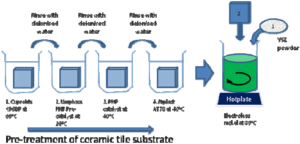
Electroless metal plating doesn’t require any electric current for plating. Electroless plating uses the induction process instead of electric current, and it involves a chemical reaction resulting in the induction of the metal atom reduction. As a result, the metal particles solutions transforms into a metal solid after mixing with a reducing agent. In the end, the material is coated with solid plating metal. There is no plating bath and electricity in this process, so this technique is more cost-effective.
Moreover, electroless plating can perform on a variety of materials. Electroless plating is a slow process and does the thinner plating. This technique is more suitable for nickel plating. It provides more protection than the conductivity and solderability of the material.
3: Immersion Metal Plating Finishes
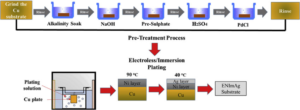
In immersion plating, the metal dips into a solution containing metal ions. The noble metal ions are generally more stable. This technique causes the natural pull of the metal ions from the initial metal, which is displaced by the noble metal ions. A thin layer of noble metal ions is formed on the metal.
It is a much slower process as compared to other techniques. A thin plating coverage is formed as a result of the immersion technique.
Application of Metal Plating Finishes
Metal plating finish provides a lot of applications. Following are some uses of the metal plating finish.
1- Improved Appearance
Metal plating finish is widely used to improve the appearance of the metals. The surface of metals may lose its lustrous appearance with time. Metal plating finish gives a new look to the metals.
2- Corrosion Resistance
Most metals and machinery may become damaged due to rust, so they require a metal plating finish. The metal plating acts as corrosion-resistant by providing an effective barrier against rust.
3- Improve Electrical Conductivity
Metal plating finish uses to improve the electrical conductivity of most of the surfaces. Most of the non-conductive surfaces require the passage of electric current. So, the metal plating finish is the best option for them to make them electrically conductive.
4- Heat-Resistant
Most of the equipment is highly sensitive to extreme temperatures. They may become damaged after exposure to heat. The metal plating finish of such equipment protects them from damage due to heat exposure.
5- Restoring a Polished Surface
Most of the metal and surfaces may lose their polish and look unattractive. Metal plating finish helps in restoring the polished surface and makes them more attractive and good-looking.
Conclusion
Metal plate finishing is an easy process and can improve the functionality and aesthetic of the material. A wide range of materials can use for metal plate finishes. Therefore select an experienced company with a low budget is essential to work.
Whether you are looking for a CNC machining service or sheet metal fabrication, QBH technology is your best choice. We deliver efficient and effective sheet metal and CNC fabrication. Delivering high-quality results and saving customers time and money is our top priority.
Contact us today and get a great experience. QBH technology will be your metal finishing expert that offers perfect services at cost-effective budgets.

